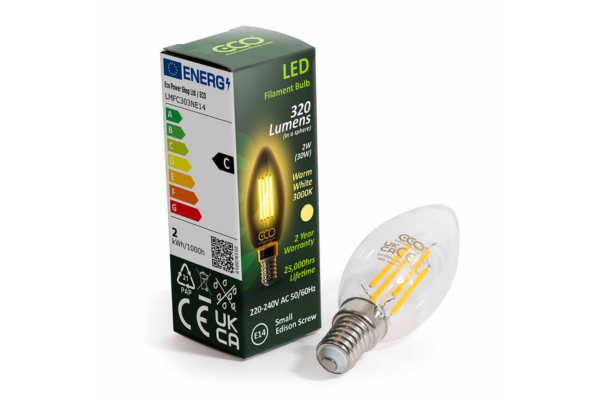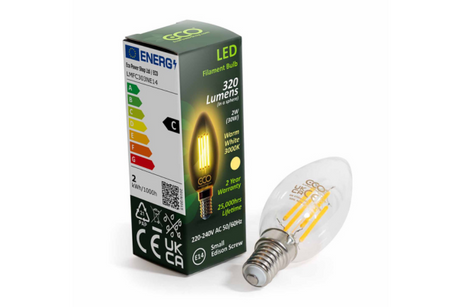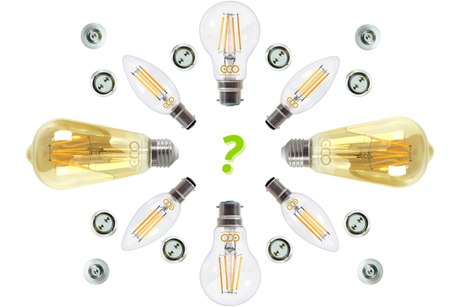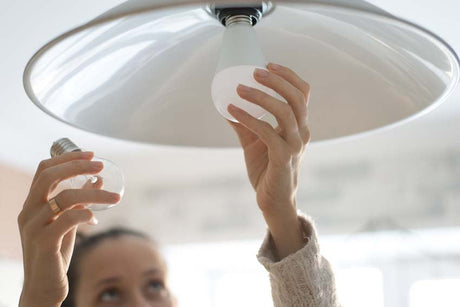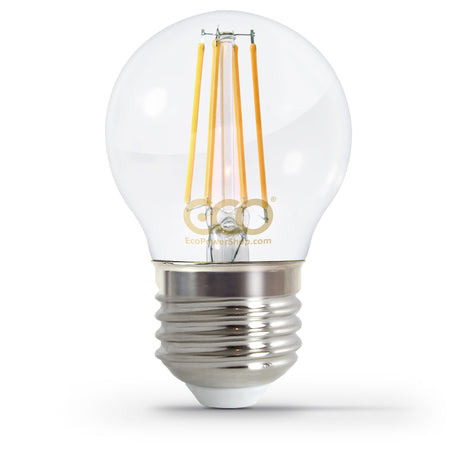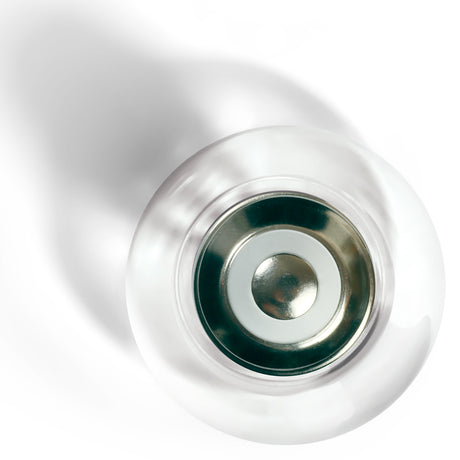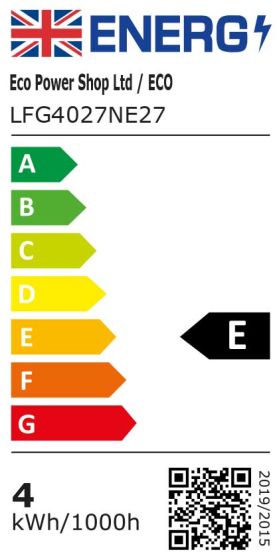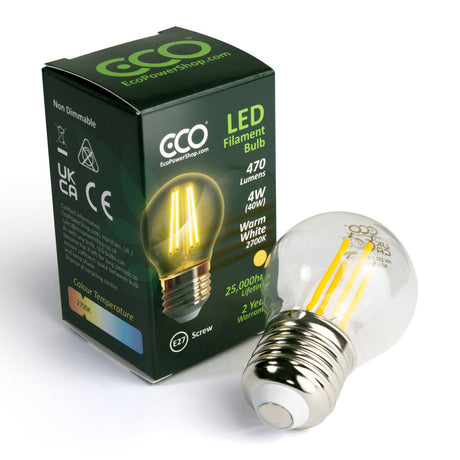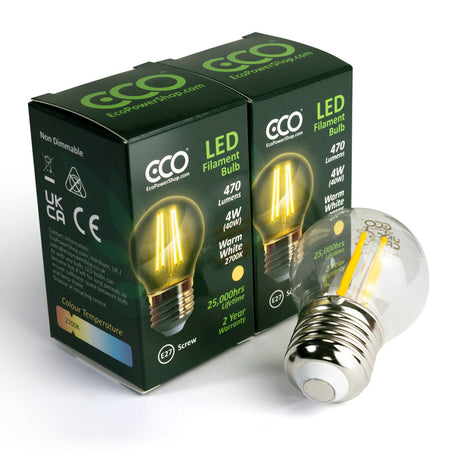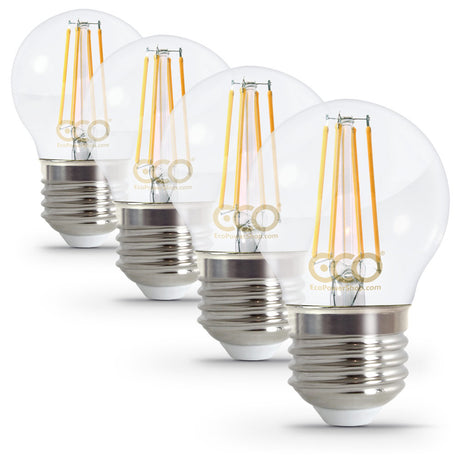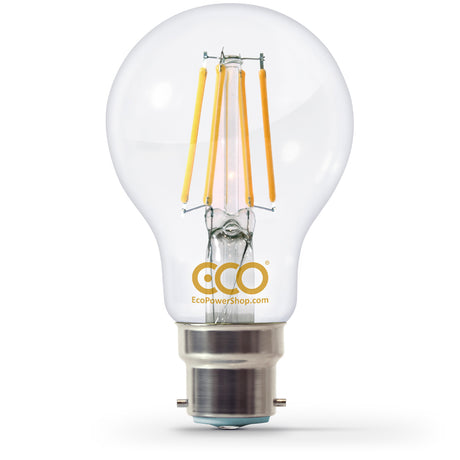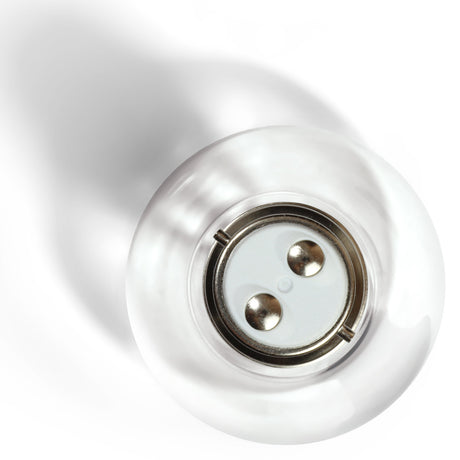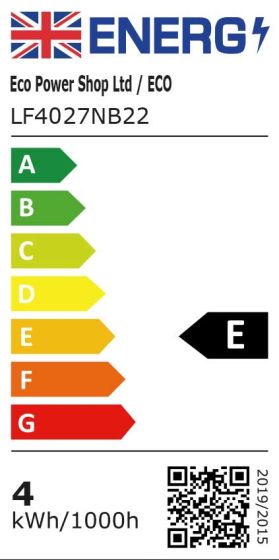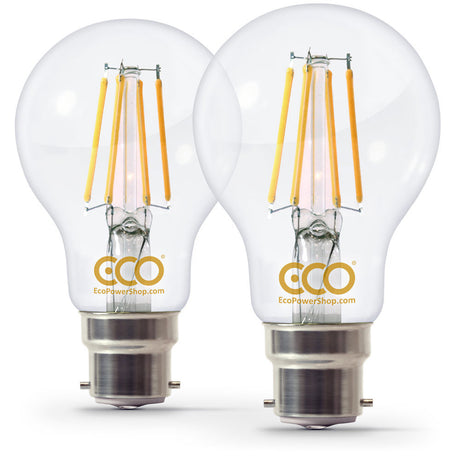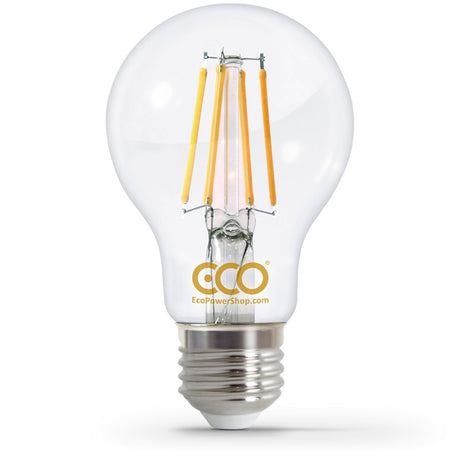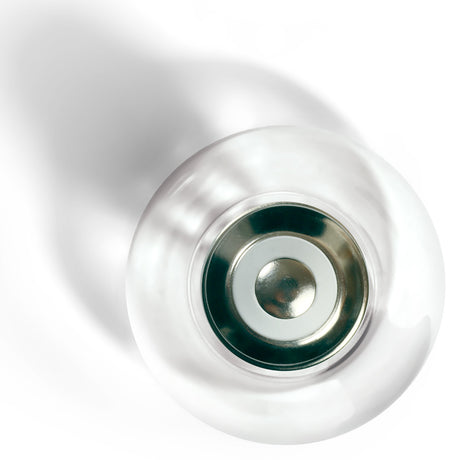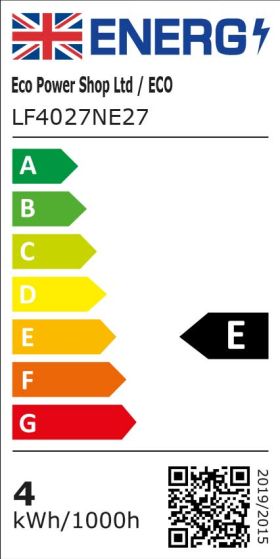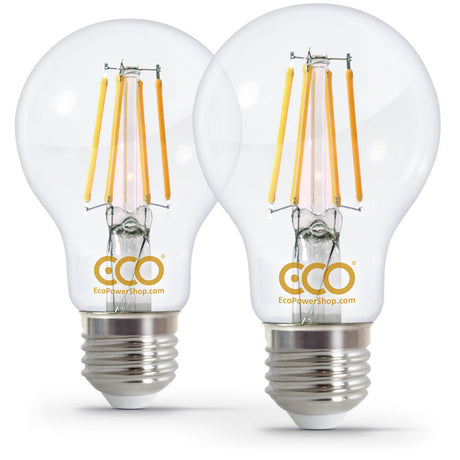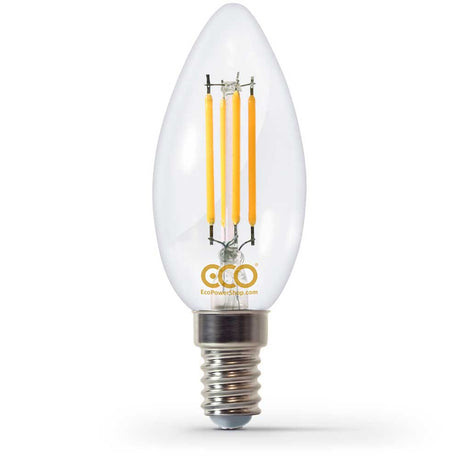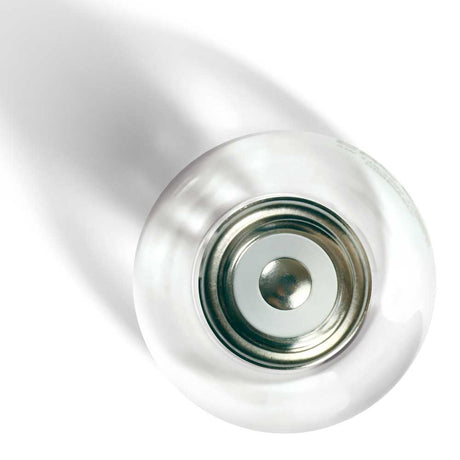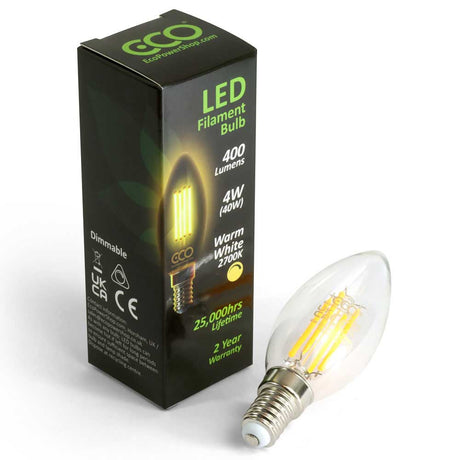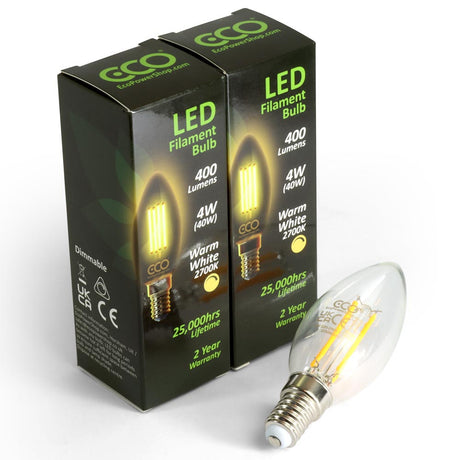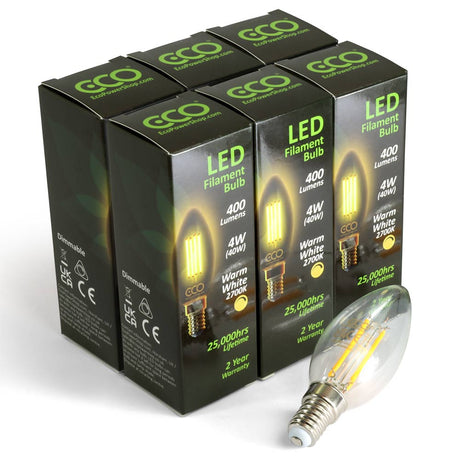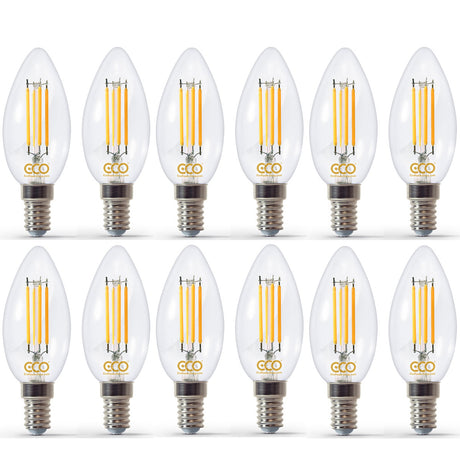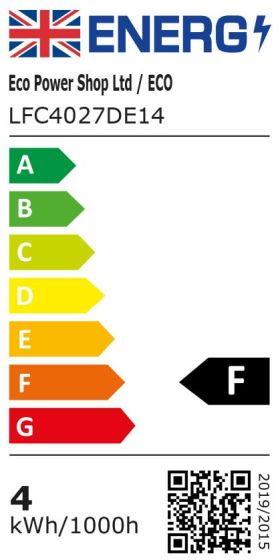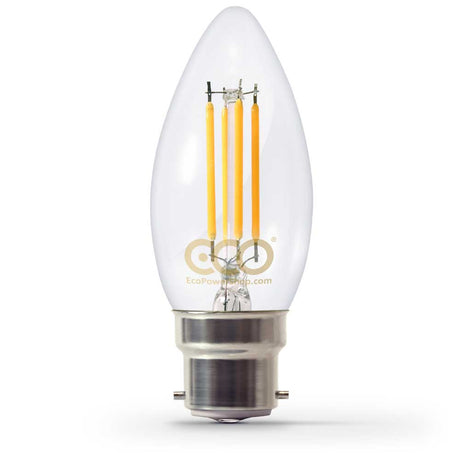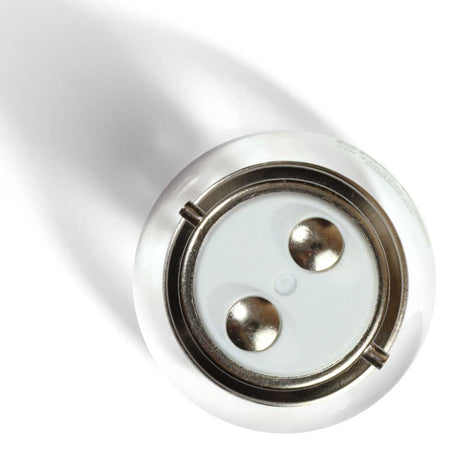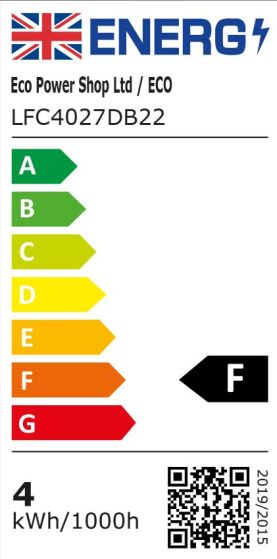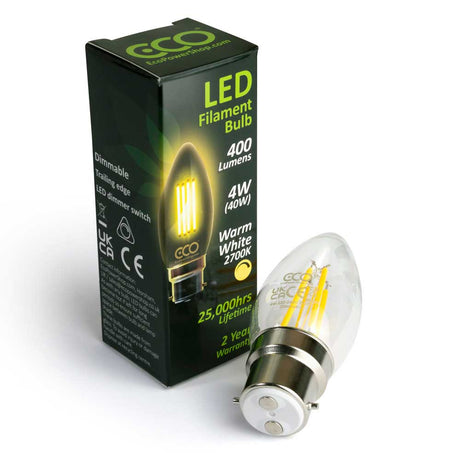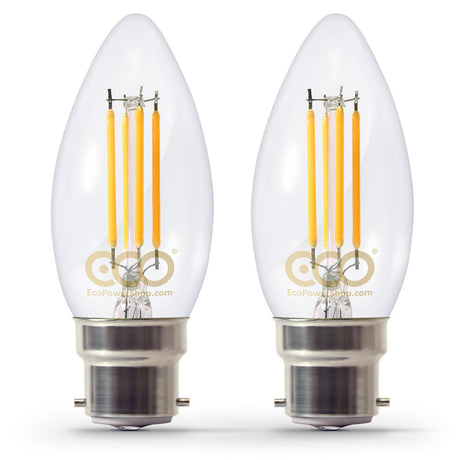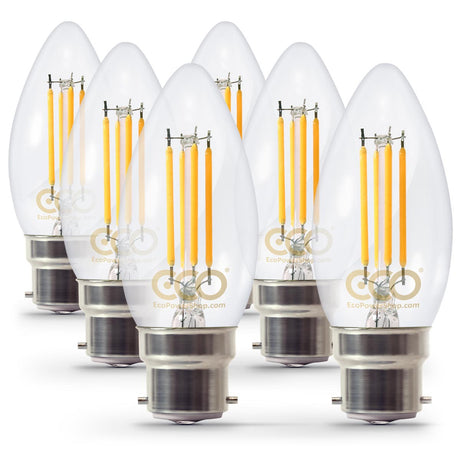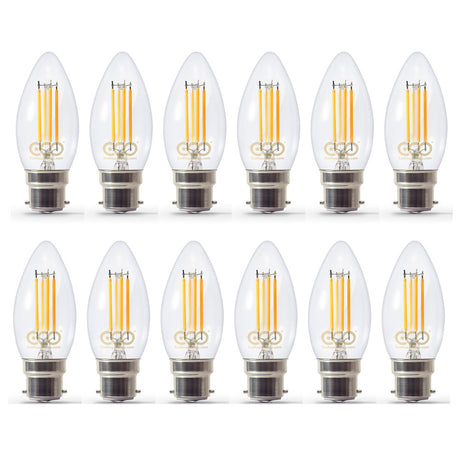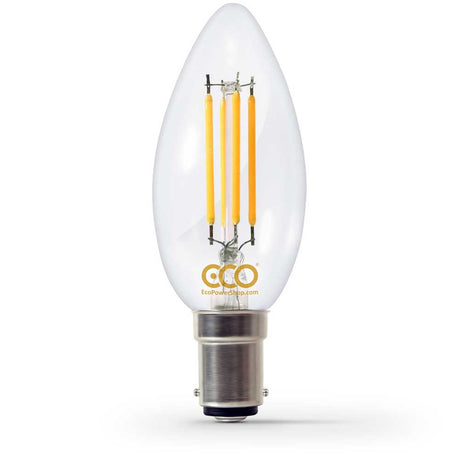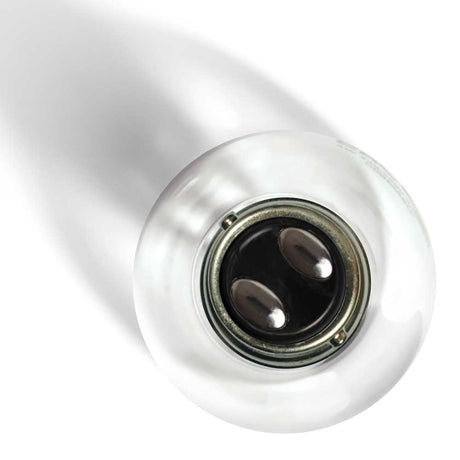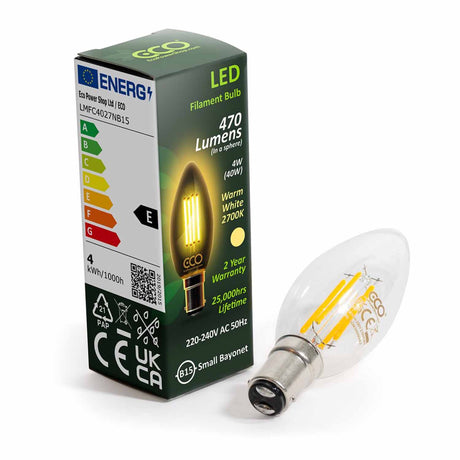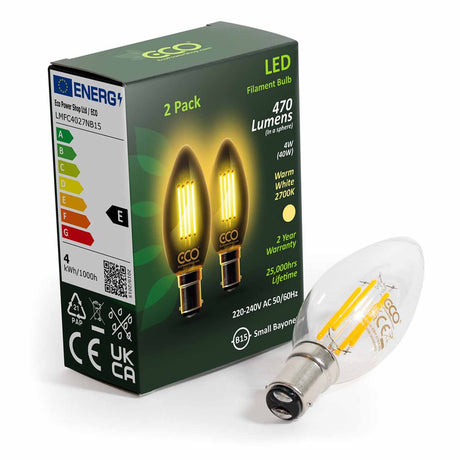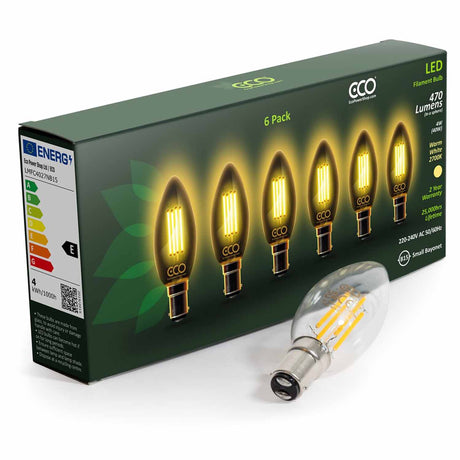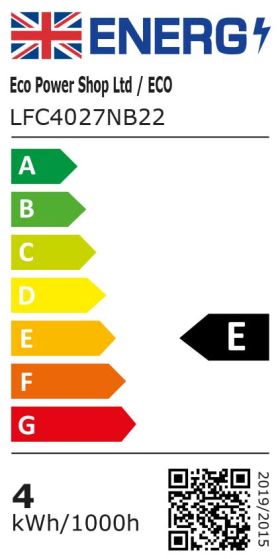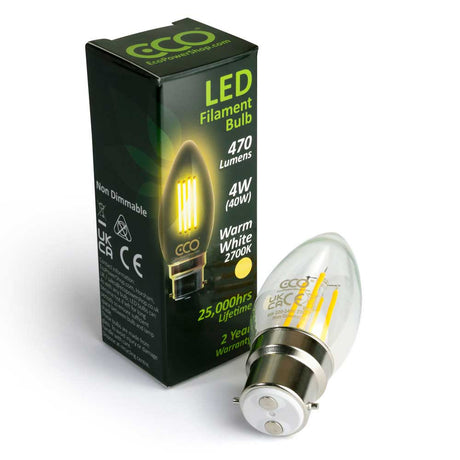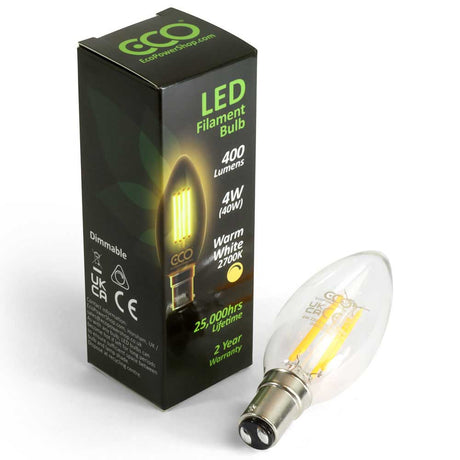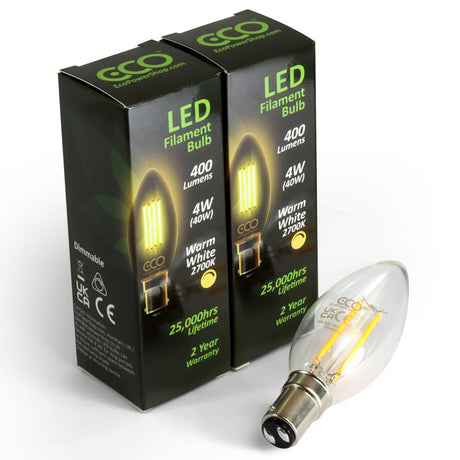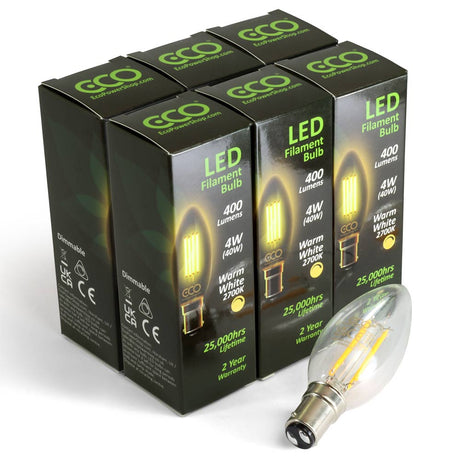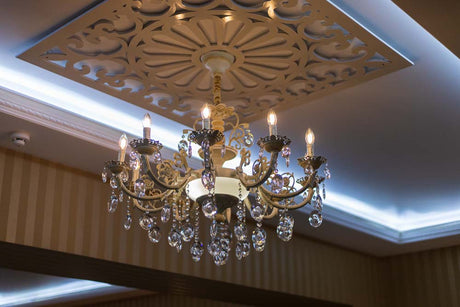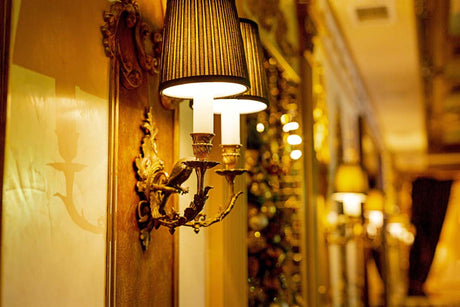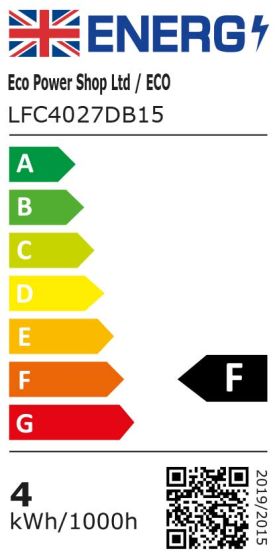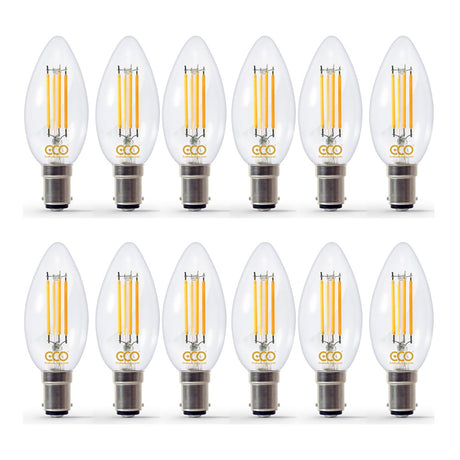Did you know that lighting makes up around 11% of the average UK household electricity use?1 Therefore, in today's environmentally conscious world, choosing energy-efficient lighting for your home is more important than ever.
One factor to consider when selecting light bulbs is their energy rating. This guide explains what bulb energy ratings are, why they matter, and how you can make informed decisions to reduce your energy consumption.
What are Light Bulb Energy Ratings?
Bulb energy ratings follow EU and UK law on the labelling of energy-related products and are a standardized way of measuring the energy efficiency of light bulbs.
These ratings are included on the packaging and website information for all LED bulbs to provide consumers with an easy-to-understand assessment of how much energy the bulb uses, compared to its light output. The scale ranges from A (most efficient) to G (least efficient).
How to Understand Bulb Energy Rating Labels
Bulb energy labels use a set format, meaning that you can easily find the information you need. Here is an example to show what information is displayed:

How are Energy Rating Grades Determined?
The energy rating is calculated from the following two measurements:
- The bulb’s luminous flux (meaning how much light the bulb emits/ brightness) (measured in lumens);
- The bulb’s rated power (in Watts)
The grades are determined as follows:
|
Energy efficiency class |
Lumens/ Watt
|
|
A |
≥210 |
|
B |
185-209 |
|
C |
160-184 |
|
D |
135-159 |
|
E |
110-134 |
|
F |
86-109 |
|
G |
≤85 |
Here are some examples to illustrate this:
- Example 1: A golf ball LED bulb outputs 470 lumens and has a rated power of 4W. Therefore, this bulb has an energy rating of E (118 lumens/watt).
- Example 2: A candle LED bulb outputs 320 lumens and has a rated power of only 2W. It therefore has an energy rating of C.
- Example 3: A standard LED bulb outputs a bright 960 lumens and has a rated power of 6W. It has an energy rating of C.
How to calculate how much electricity a light bulb uses?
It is easy to calculate how much it will cost to the run the light bulb on average, based on the actual wattage of the bulb.
For example:
| LED Bulb Example | Non-LED Bulb Example | |
| Specific bulb | ECO 4W B22 Dimmable LED Bulb | Osram 30W B22 Dimmable Halogen Bulb |
| Rated Power | 4W = 0.004kW | 30W = 0.03kW |
| Lumens | 400 | 405 |
| Lumens/ Watt | 100 | 13.5 |
| Estimated Cost per Hour* | 24.86p x 0.004 = 0.1p=£0.001 | 24.86p x 0.03 = 0.75p=£0.007 |
| Estimated Cost per Day^ | £0.01 | £0.04 |
| Estimated Cost per Week | £0.04 | £0.31 |
| Estimated Cost for 10 Bulbs per Week | £0.42 | £3.13 |
* Used estimated electricity unit cost of 24.86p per kWh, based on the national energy price cap, as at January 2025.
^ Based on 6 hours of use per day (this will vary depending on seasons etc)
As you can see from the table above, switching all the bulbs in your house/ office to new LED bulbs could save energy and save you significant money on your lighting bill over the course of a year.
2021 Changes to Energy Rating Labels
Do you remember seeing A++ ratings in the past?
Well, these belonged to the previous scale of A++ (most efficient) to E (least efficient) but in September 2021 the EU law on bulb energy ratings changed.
This was because by 2021 most bulbs were achieving grade A+ or A++ due to advances in technology. Therefore, a new scale was launched (with bands A to G) that used stricter criteria.
This meant very few bulbs achieved A or B status initially and aims to encourage further innovation in energy efficiency in the future.
Some consumers were puzzled about why the packaging on a previously A++ energy efficient bulb had suddenly changed to an E rating. The bulb was just as energy efficient as before, but the labels changed.
Ultimately, the new scale and labelling offers consumers more information and choice.
Further information
As you can see switching to LED bulbs saves energy and costs and is so easy to do as LED bulbs are available in all different light fittings and styles. Bulb labels (and datasheets) provide lots of useful information to help you choose the right bulb for your needs.
If you want any further information, take a look at our LED light bulb buying guide.
Sources:
1 https://energysavingtrust.org.uk/advice/lighting (accessed 27/01/25)
2 https://www.ofgem.gov.uk/energy-price-cap (accessed 27/01/25)

